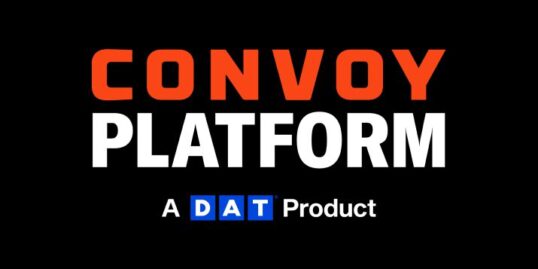We’re fortunate enough to work with the brightest minds in logistics, not least of these, Dr. Chris Caplice. Dr. Caplice is DAT’s Chief Scientist. He also works as a logistics and transportation researcher at MIT.
Recently, Dr. Caplice led a discussion of how data science is poised to revolutionize trucking. If you were lucky enough to attend, you’re all set. If not, don’t worry – we’ve got a summary here. Let’s dive in.
Shippers face unique challenges, so they need unique solutions
When we work with shippers, our focus is directed in three different directions.
First we look to the past to evaluate performance. Think of questions like “How did my [carriers, lanes, divisions] perform in terms of [rates, acceptance, spot use] compared to [history, industry, market]?” and fill in the blanks.
Then, we look ahead with questions like “What will [spot/contract] rates on these [lanes, regions, nationally] be next [week, month, year]?” Good forecasting lets shippers plan budgets, contracts, and set expectations with executive teams.
Finally, we’re obviously focused on finding rates right now. You’re looking to get goods moved, and you need to know what rates are.
Three big takeaways
Truckload transportation market is not a typical commodity and is always in flux
If you’re reading this or attended the presentation, this isn’t news to you. If it’s helpful, consider spot rates to be like the weather, whereas contract rates are more akin to the climate. Spot rates are much more volatile, they have higher highs and lower lows, and often serve as a leading indicator to contract rates.
Conversely, contract rates are more stable and move gently over time.
Here’s the big point: Because of the size of the truckload marketplace and the low barriers to entry and exit, no one is a price maker, everyone is a price taker. This effectively means that no one is immune to the crests and troughs of the truckload marketplace. If you’ve got to ride the waves, you need to know where you are. That’s where data science lends a hand.
Data analytics can improve contracting
Shipper networks consist of a wide variety of lane types. Identifying lanes that will most likely fail is doable and a function of historical volumes and consistency.
Dr. Caplice frames it this way: 85% of lanes handle ~28% of spend and ~20% of your volume, while the other 15% of lanes handle ~72% of spend and ~80% of your volume.
Why point this out? Dr. Caplice notes that typically, low-volume lanes fail or fall through at higher rates than high-volume lanes – so maybe you shouldn’t contract those low-volume lanes. Data analysis can point out at what level of volume a contract becomes the discerning financial move. Sharp analysis can even point out when you should use contract or spot markets based on volumes.
Data science enables the use of dynamic rates
How do you go about finding the right rates for right now? Not the rate you need in three months, not the rate you paid 6 months ago – right now.
It’s difficult, especially in light of Dr. Caplice’s tough axiom, “The idea that there is a market rate is a myth.” So what do you do? If you look at lane rates by week, month, day, shipper, load type, annual average, shipment, or any other variable, you’ll be hard pressed to settle a rate that makes sense – there’s too much variance. Every shipper and carrier relationship is a snowflake, says Dr. Caplice.
That’s why you need to use a pricing model built on sound data science. DAT iQ’s model takes into consideration all the unique characteristics of your carrier business partnership and gives you an actionable market rate. From there, you can adjust up or down based on other factors you deem important.
A hidden benefit of this is being able to price highly specialized lanes where rate history is thin or nonexistent. If you’re moving specialized freight on lanes that don’t see a lot of action, these pricing models can be your best friend.
How are you using data science to make your business better? Are you at all? If not, and you need a place to start, visit us at https://www.dat.com/benchmark-analytics.


